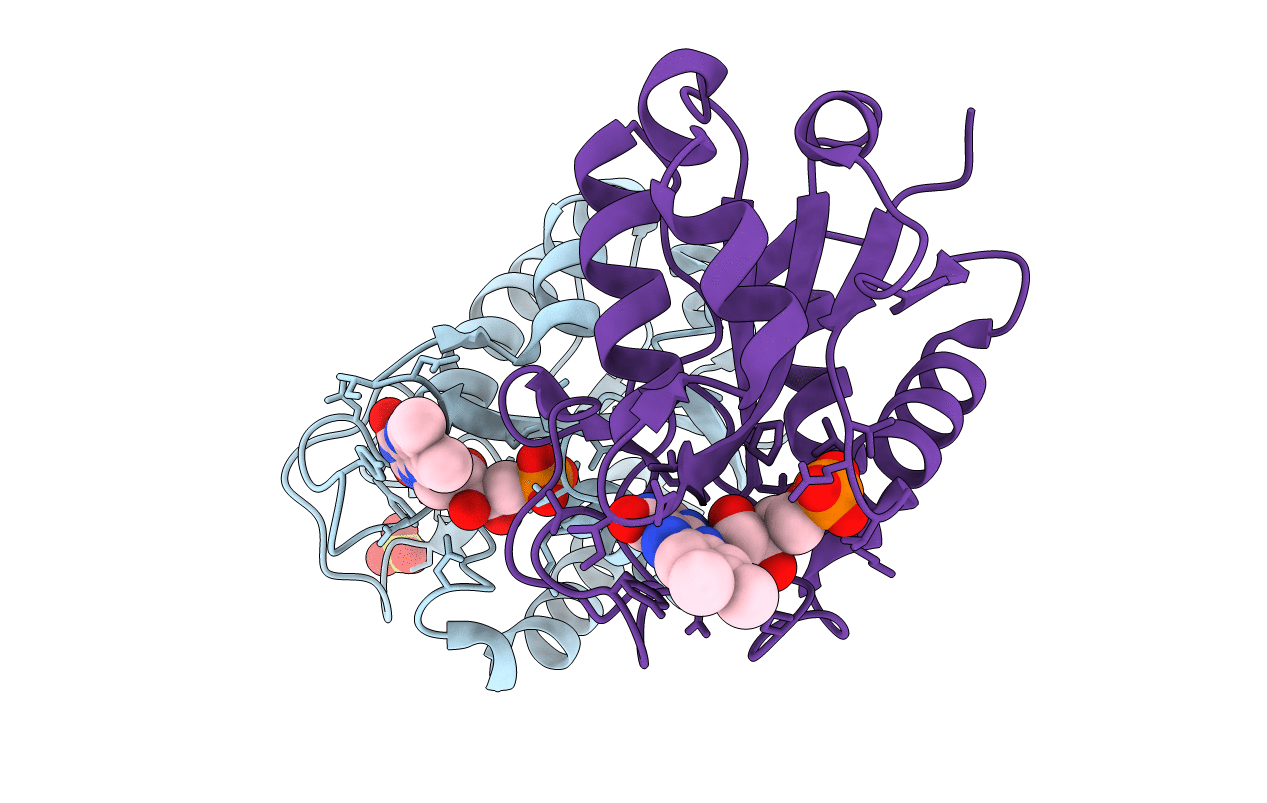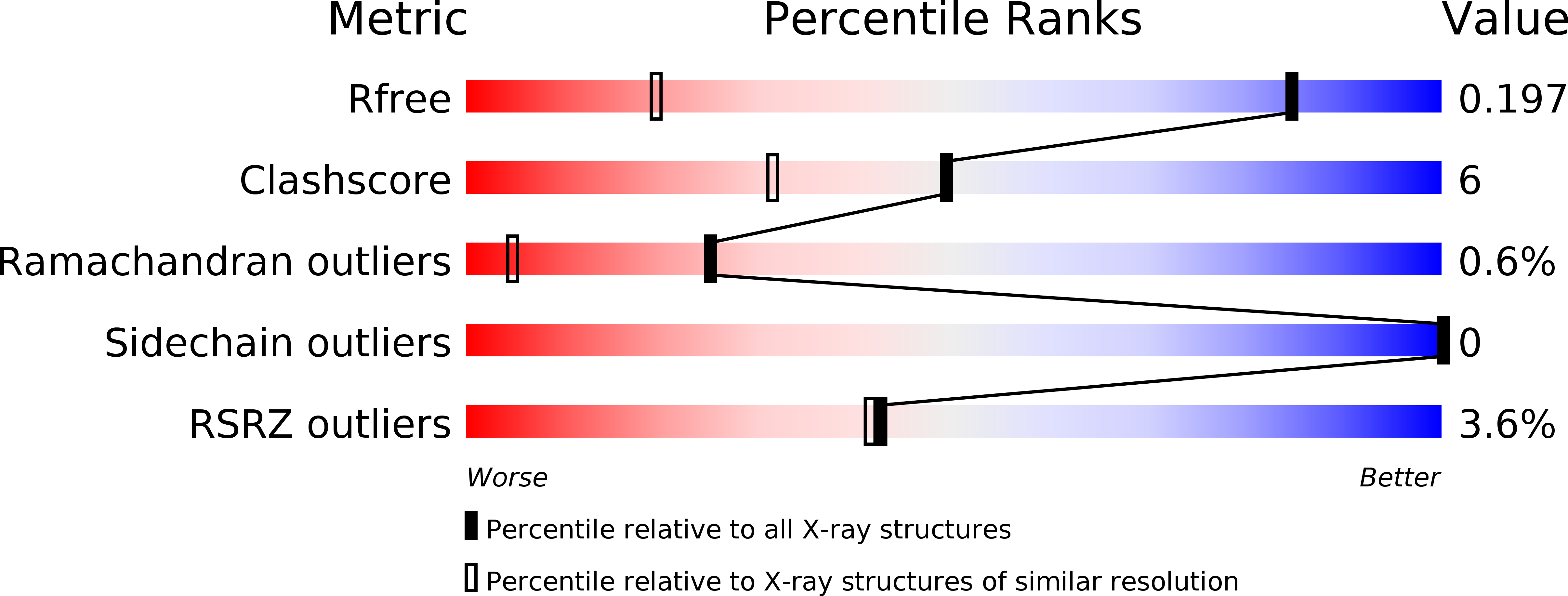
Deposition Date
2003-01-31
Release Date
2003-04-24
Last Version Date
2023-12-13
Method Details:
Experimental Method:
Resolution:
1.20 Å
R-Value Free:
0.20
R-Value Work:
0.18
R-Value Observed:
0.18
Space Group:
P 1 21 1


